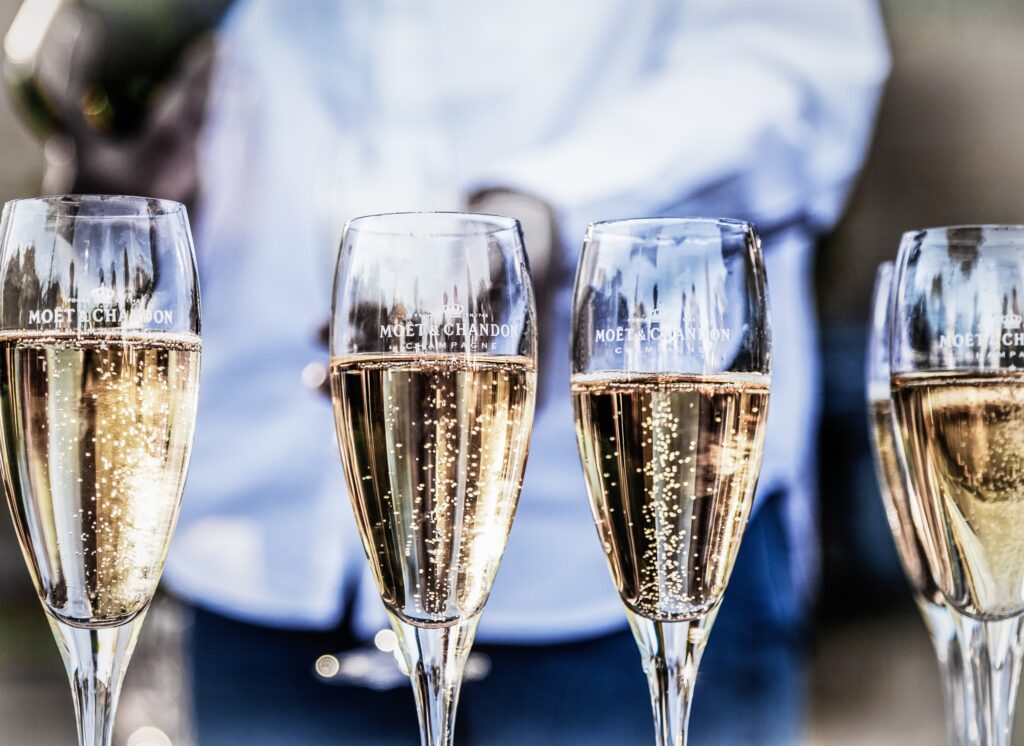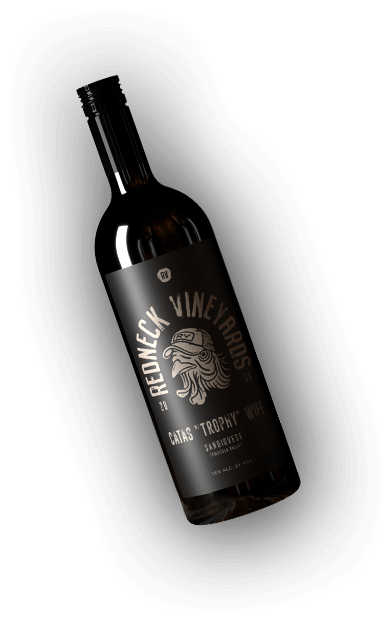Wine, Wine Tasting
How To Pick a Champagne for New Year’s Eve
If you are planning to ring in the New Year with bubbles this year, then what could be better than a fine bottle of French champagne? However, there are so many champagnes offered that it can be bewildering to try and decide which one is the right bottle for you. Take a look at our handy guide to breaking the secret code of champagne and find out what different types are available for you to enjoy as the Times Square ball drops on the New Year!
What Is Champagne?
Only sparkling wine made using the traditional method in the Champagne region of France can legally have the name “Champagne” on its label. There are many legal restrictions about the type of grapes that can be used and the standards that those grapes have to meet. There are also legal restrictions on how quickly the wine can be sold. All champagne must spend a minimum of 15 months in the bottle before being released for sale.
Many grapes are allowed to be made into champagne, but the three most popular are Chardonnay, Pinot Noir and Pinot Meunier. Chardonnay is a white grape and used on its own, it can be made into Blanc de Blancs style champagne. Pinot Noir and Pinot Meunier are black grapes. They can be used in Blanc de Noir styles of champagne. All of the color in wine comes from the skins of the grapes, so you can make white wine from black grapes by minimizing the amount of contact the grape juice has with the skins. However, you cannot make red wine from white grapes!
Vintage or Non-Vintage
The first decision to make when selecting champagne is whether or not to buy vintage. Most champagnes are non-vintage—the winemakers will blend wine from multiple years together to get the signature flavor of their house style of sparkling wine. When the wine of a certain year is particularly good, the winemaker might choose not to keep some of it for blending and to make it into a single year sparkling wine instead—vintage champagne.
Since vintage champagne uses the very best quality wine, it is rarer and therefore more expensive. You will pay more for vintage champagne, but if you have a favorite champagne producer then you might find that you prefer their non-vintage champagne as this will better represent the typical flavor of that producer most effectively.
La Vie en Rose
Another choice you have to make is whether to select white or rosé champagne. White sparkling wine is the typical product of the region, where there is no contact with the grape skins to add color to the wine. Rosé champagne may have a small amount of skin contact or even blend white and red base wines to create the blush color. These wines were first made by producers like Ruinart as far back as the late 1700s, so they have a fantastic historic pedigree!
White champagnes tend to be very crisp and dry, while rosé champagnes are likely to not be quite as acidic and have more red berry fruit characters in the flavor, along with potentially tropical fruits and pomegranate. If you find regular champagne a little too acidic for your tastes then this might be the type for you to choose.
Due to the aromas and flavors that you find in rosé champagne, you might also decide that it is a good choice if you want to pair it with desserts like strawberries and cream. Find out the best glasses to serve your bubbles in on our blog.
The Taste of Celebration
People have been using champagne to make toasts for centuries, making it a perfect choice for a celebration drink on New Year’s Eve. The bubbles have long been associated with opulence and decadence since the post-Renaissance royal households of Europe and were seen as a status symbol. Particularly after the French Revolution, champagne became part of the new rituals that replaced the role religion had played in French life and the wine was shared for all of the main celebrations of life: weddings, birthdays and so on.
Champagne has always been expensive not just because of its exclusivity, but also because it takes such a long time and so many processes to make. It also symbolizes celebration, as the bubbles spilling from the top of the bottle represent an overflowing of joy and excitement. Arguably, therefore, any champagne is suitable to toast the New Year, but equally, you might like to try slightly more cost-effective sparkling wines from other parts of the world which also offer the decadence of good quality fizz. Look for Prosécco from Italy, Cava from Spain, Methode Cap Classique from South Africa and also Cremant, which is a sparkling wine made in other regions of France. They are all made with different grapes and sometimes in slightly different ways, so it is worth experimenting to find which one you prefer.
Try Sweet Oaks wine by buying bottles online from our webshop today.



